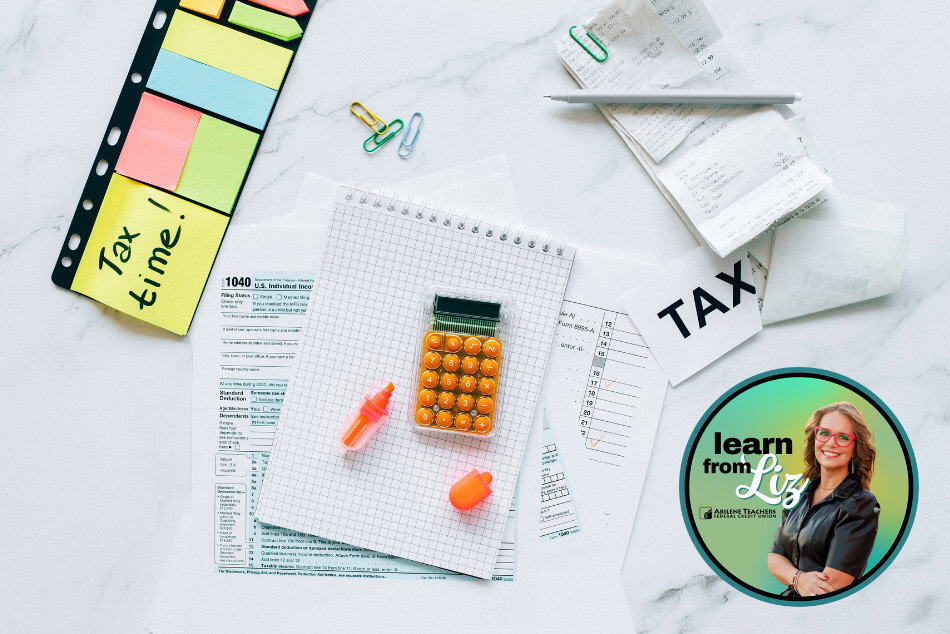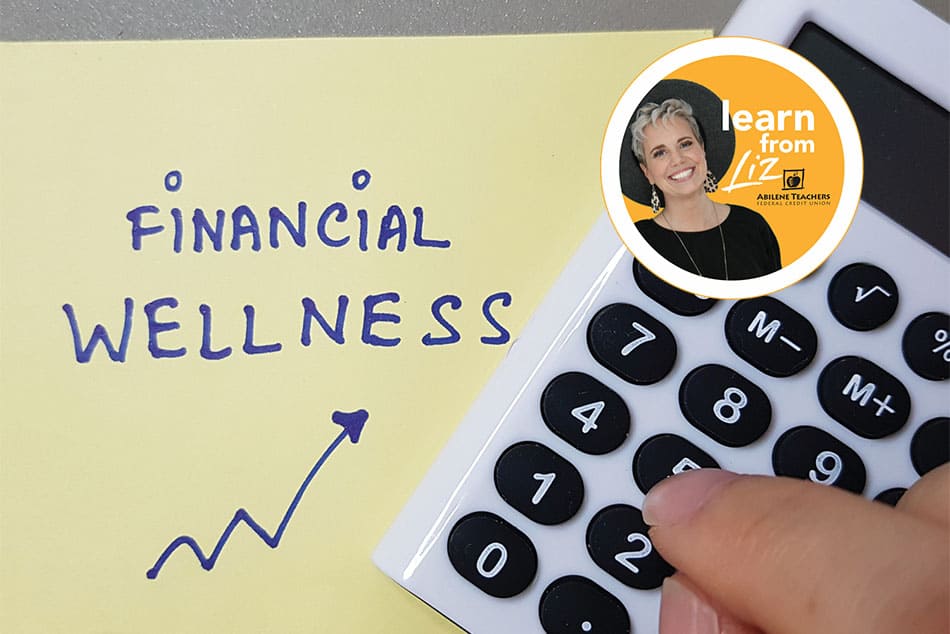Simple Steps to Start Saving

Have you ever heard the song “Money, Money, Money” by ABBA? If you haven’t or if its been a while, they made the following plans on how to get money. We know that ABBA made a lot of money from the tune, but I can’t say how conventional, practical, or realistic it was. Here are a few lines from the first verse…
“I work all night, I work all day, to pay the bills I have to pay
Ain’t it sad
And still there never seems to be a single penny left for me
That’s too bad
In my dreams I have a plan
If I got me a wealthy man…”
If you’re ready to start saving but don’t know where to begin, Abilene Teachers FCU can definitely help you make a better plan than the one ABBA suggested!
Step 1: Set a goal
What’s your secret (or not-so-secret) financial dream? Do you want to open your own business? Explore the Australian Outback? Buy a boat?
What are your long-term financial goals? Do you want to make your friends jealous and retire before you hit 50? Do you dream of sending your child to college?
While it’s not nearly as glamorous as the ideas above, your very first priority should be to build an emergency fund that contains at least three months of living expenses. Those funds could keep your family on its feet during a unexpected setback.
So, determine your goals and assign a target dollar value to each one.
Step 2: Start tracking your expenses and income
You’re about to turn into one of those budgeting geeks.
For three months, keep a record of your expenses and all income. At the end of the three months, tally up your totals to figure out the average of each.
Step 3: Trim your expenses
If you find that your income exceeds your expenses by a fair amount, give yourself a high-five and skip to the next step.
If you spend more than you earn, or your numbers are too close for comfort, look for ways to trim your expenses, and save that extra cash.
Step 4: Create a budget
Don’t freak out — this isn’t as hard as it sounds. Just take your averages from step 2 and use them to designate a specific dollar amount for each monthly expense. Don’t forget to include savings in your budget!
Step 5: Choose your savings tools
It’s time to choose a place for your savings to call home. For long-term savings, look at an option like a savings certificate (often called a CD) at Abilene Teachers FCU.
Keep that emergency fund and other short-term savings in an account that allows you to make withdrawals without asking too many questions, like a checking, savings, or money market savings account at Abilene Teachers FCU.
Step 6: Make it automatic
Is this the first time you decided to start saving? Yeah, we didn’t think so. Make it the time you carry out your plans by setting up an automatic transfer from your checking account to your savings account.
Now, go make that trip to Australia happen!


